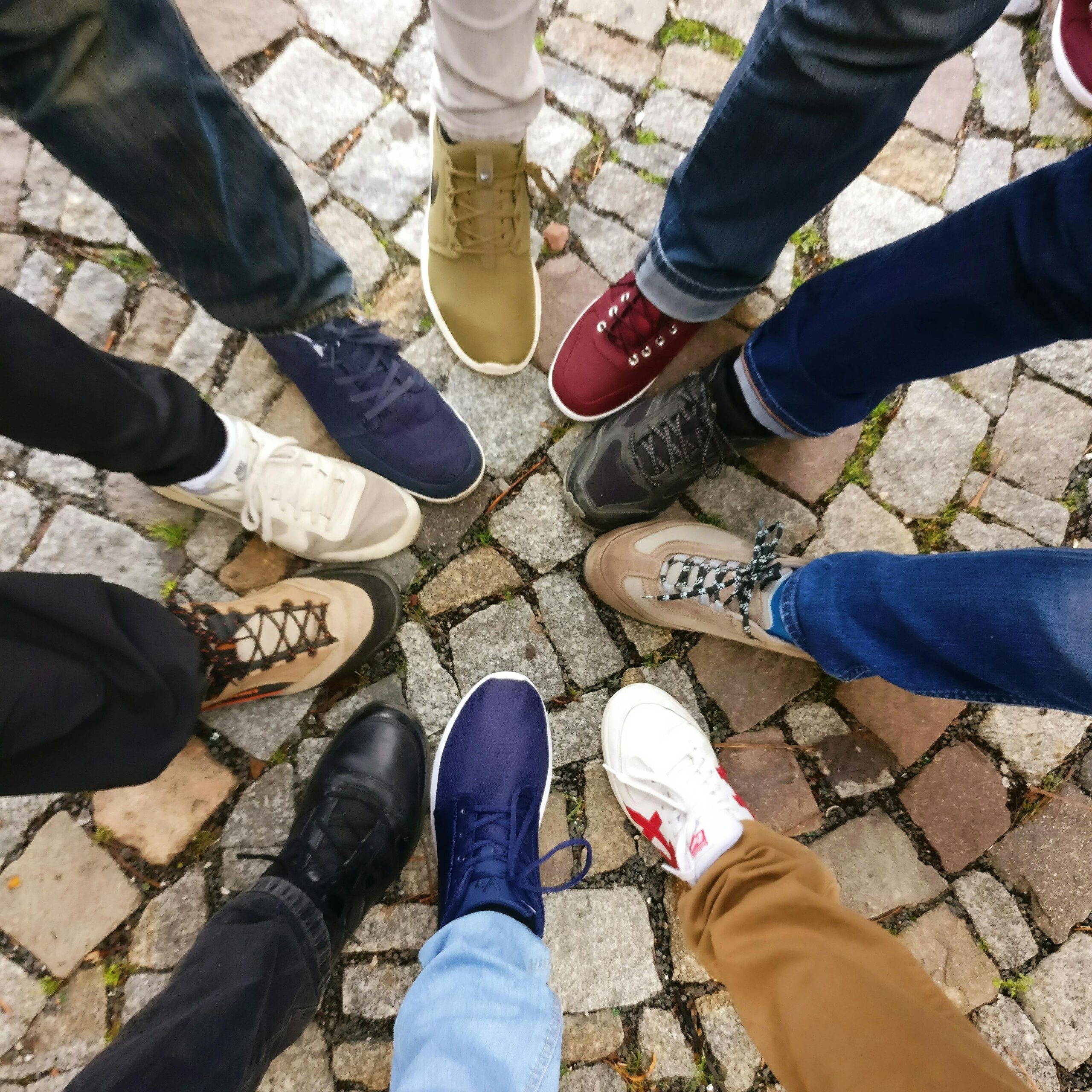
By C. Faye Alexander
We cross paths with hundreds of people at coffee shops, crosswalks, grocery stores, meetings, and other moments that often barely register. But every now and then, someone sticks. Maybe it’s just a shared glance, a kind word, or a strange sense that you’ve met before. Not because they try, but because they feel familiar, like they’ve always been there. And it’s easy to forget how deeply we need real connection.
The kind that grounds us.
The kind that truly makes us feel seen.
The kind that reminds us we belong.
I find meaning in service—volunteering, organizing community meetups, assisting in wellness workshops, and trying my best to stay available wherever I’m needed. I meet and work with a diverse range of people. I’ve always believed in the power of creativity to bridge differences and bring people together. But beneath the writing, the picture-taking, and the storytelling, I’ve come to realize that building community—a circle of people who show up, who listen, who hold space–is a lifeline.
Why It Matters
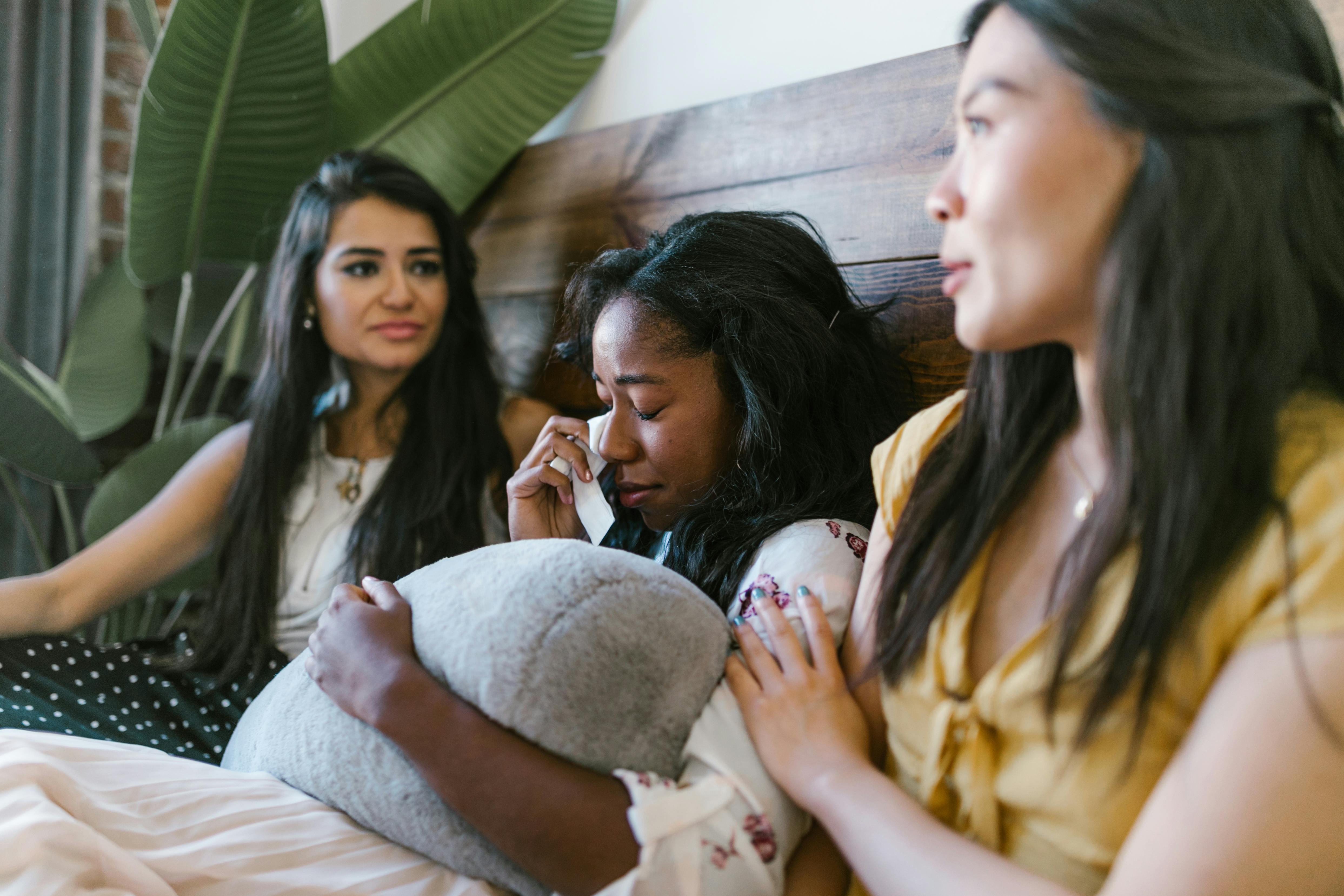 When you find your people, you’re no longer walking through life alone. You have someone to call when your world tilts sideways. You have a group that cheers for you when you win and sits beside you when you lose. This kind of support changes everything.
When you find your people, you’re no longer walking through life alone. You have someone to call when your world tilts sideways. You have a group that cheers for you when you win and sits beside you when you lose. This kind of support changes everything.
Research backs it up, too—studies show that social connection can lower anxiety, strengthen immunity, and even extend your life. But more than that, it gives us meaning. It reminds us we’re part of something bigger. That we’re not just individuals surviving, but humans belonging.
Whether you’re starting over at 47, grieving the loss of a sibling, beginning the career of your dreams, or healing from a painful breakup, your people are the ones who help you keep going. They might not have the answers. They don’t have to. They just need to be there—with kindness, honesty, and maybe a blueberry muffin.
Who to Choose
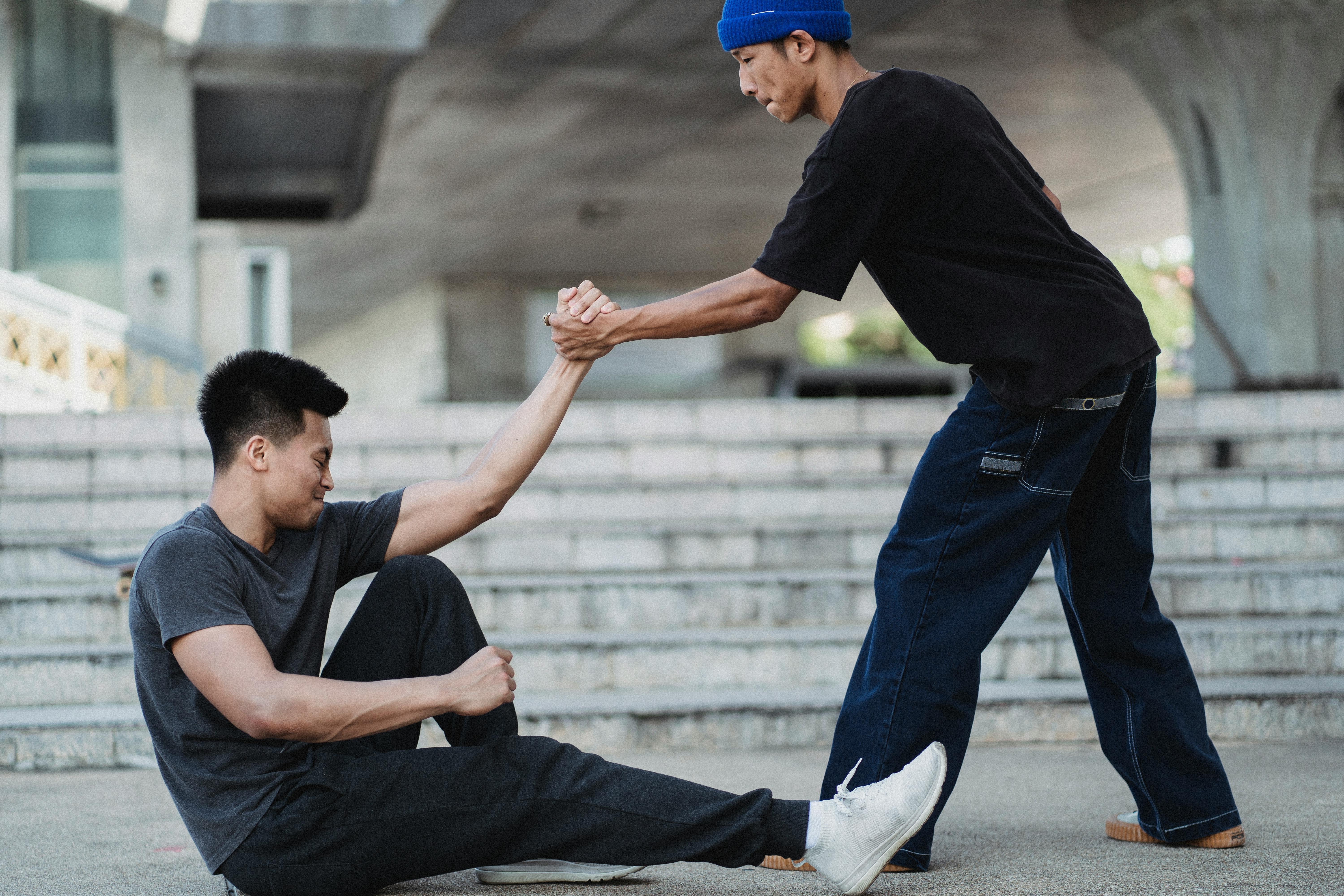 Finding your people does not mean you hold open interviews at the local coffee shop at 11:00 am on Tuesday morning. It’s about curating a circle–intentionally choosing the people you allow close to you. So, how do you know who belongs in your circle?
Finding your people does not mean you hold open interviews at the local coffee shop at 11:00 am on Tuesday morning. It’s about curating a circle–intentionally choosing the people you allow close to you. So, how do you know who belongs in your circle?
-
Choose the ones who see you
Not just the version of you that shows up polished or productive. The entire, whole you. The messy parts of you. The part of you that’s carrying a box of silent fears. The you with big dreams. Your people will see those parts of you and stay. They don’t try to fix you or change you. They simply say, “Me too,” or, “I’m here.”
-
Choose the ones who listen more than they speak
True connection isn’t built on advice or lectures. It’s built on listening—on that sacred space where someone leans in and says, “Tell me more.” The best people ask questions. They don’t just wait to talk. They want to understand you.
-
Choose the ones who celebrate your growth
Not everyone will clap when you rise. But your people will. They’ll encourage your progress, even if it means you change or stretch beyond the version they first met. They won’t shrink you. They won’t dim your light. They’ll feed and water your growth.
-
Choose the ones who show up
In tiny ways. A check-in text. A shared silence. A “thinking of you” message on a random Thursday. Being there means more than doing it perfectly. They won’t always know what to say, but their presence says enough.
-
Choose the ones who make it feel safe to be vulnerable
Life is a battlefield. You should not have to wear armor when you’re around your circle. Find people who don’t use your vulnerability against you. People who make space for your softness and still remind you of your strength.
-
Choose the ones who walk with you, not ahead of you
Real friendship isn’t about someone leading the way or dragging you forward. It’s about walking beside each other, pace for pace, through joy and mess and everything in between. Your people won’t push you to “get over it.” They’ll meet you where you are.
Insight from Professor Robin Dunbar, PhD
British anthropologist and psychologist Professor Robin Dunbar has spent years digging into what really brings people together—things like laughter, storytelling, and the way we bond through language. One thing I found interesting is how Dunbar ties our social limits to the size of our neocortex (had to Google, let’s be honest), this part of the brain that helps us manage relationships. The neocortex is the part of the brain that handles complex thinking and social stuff.
If you’re curious to explore more about this study, there’s a great article on Dunbar’s Number that breaks it down. Ultimately, this is where the concept of the “Rule of Five” originates.
The Rule of Five (as it’s commonly understood):
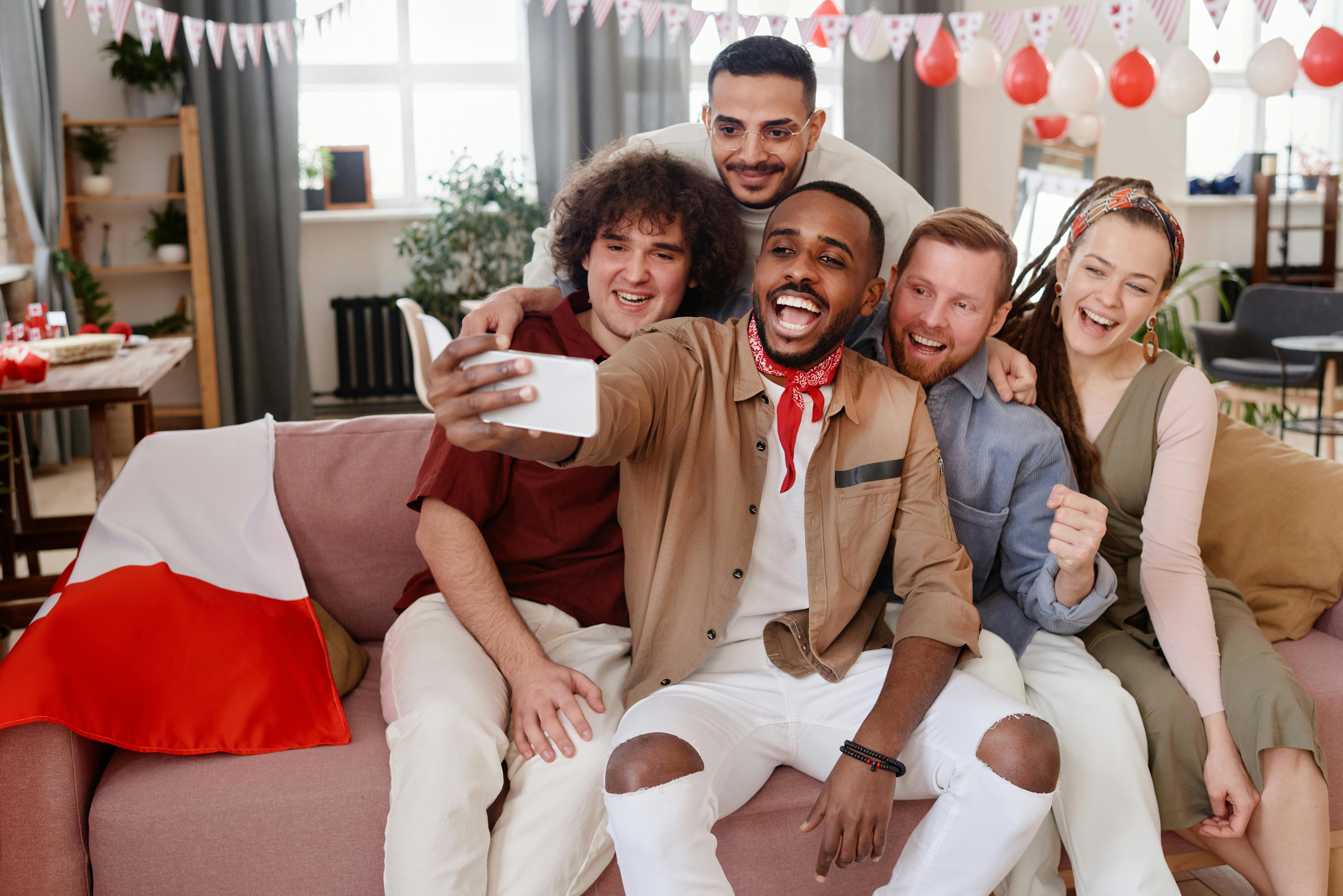 You are the average of the five people you spend the most time with. This idea is often used to emphasize how your inner circle shapes your mindset, habits, values, and overall direction in life. It’s not from Dunbar directly, but it’s deeply inspired by his layers of closeness theory (the “5, 15, 50, 150” structure).
You are the average of the five people you spend the most time with. This idea is often used to emphasize how your inner circle shapes your mindset, habits, values, and overall direction in life. It’s not from Dunbar directly, but it’s deeply inspired by his layers of closeness theory (the “5, 15, 50, 150” structure).
Dunbar’s research showed that we can only maintain about five truly close, emotionally intense relationships at a time—people you turn to in crisis, confide in, and trust deeply. The Rule of Five suggests that the five people you spend the most time with have a disproportionate influence on your life. Not just your mood or your routines, but deeper stuff—like how you see yourself, what you believe, and even what you think is possible.
They shape your:
- Mental health
- Self-concept
- Values and beliefs
- Habits and behaviors
- Motivation and sense of success
So if you’ve ever taken a step back and realized, “Wow, I’m starting to sound like them…” —that’s not an accident. That’s the Rule of Five in action.
When You Haven’t Found Them Yet
If you’re reading this and thinking, “I don’t have those people,” I see you. Keep going—real connection is still possible. We’ve all been without at some point and felt like that person looking in. Craving community but unsure of where and how to begin.
Start small. Say yes to something that aligns with your interests or values. A creative workshop. A support group. A shared interest gathering (like a cooking class or a beach clean-up). Go where people are being real, not perfect. Sometimes your people aren’t loud or obvious. Sometimes they’re sitting quietly in the corner, just waiting for someone to say hello.
And if you’ve been hurt before by people who claimed to be in your circle, be gentle with yourself. Healing takes time, but there are people out there who will hold your heart with care. Don’t settle just because you feel they are all you’ve got. You deserve better. There is better.
It’s okay to try. It’s okay to try again, and again, and yes, again. It’s okay to let go of old connections that no longer feel safe. Your circle might be small, but if it’s built on honesty and care, that’s more than enough.
A Final Thought
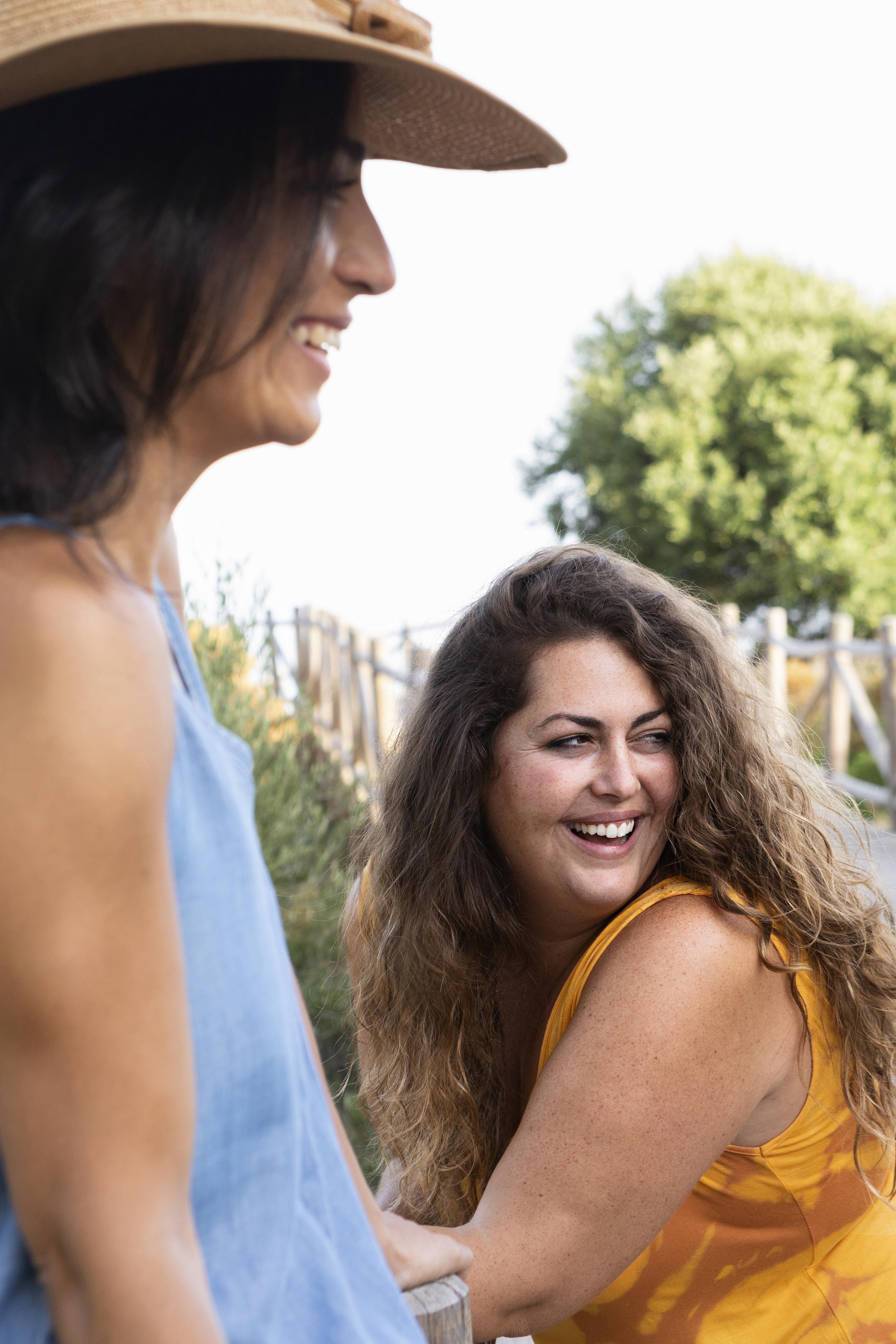 We were not created to do life alone. Living is richer, deeper, and more bearable when we share it with people who remind us of our worth and help us carry the weight.
We were not created to do life alone. Living is richer, deeper, and more bearable when we share it with people who remind us of our worth and help us carry the weight.
Here’s the truth: You are worthy of people who love you well.
Not perfectly. But gently. Truly. Consistently.
And if you’re still looking, don’t give up. Sometimes, your people find you exactly when you’re ready to be found.
Until then, take care of your own heart. Treat yourself like someone you are responsible for helping. Read that again.
Make space for joy. Speak with kindness. And be the kind of person someone else might be lucky enough to have in their circle.
Sources and Further Reading
-
García, Héctor, and Francesc Miralles. Ikigai: The Japanese Secret to a Long and Happy Life. Penguin Books, 2017.
This book explores the Okinawan concept of ikigai, a reason for being, and highlights how strong social ties and community support are among the most important contributors to long, happy lives—especially in the world’s “Blue Zones.” Grab your copy here on my Amazon storefront.
-
Holt-Lunstad, Julianne, et al. “Social Relationships and Mortality Risk: A Meta-analytic Review.” PLOS Medicine, vol. 7, no. 7, 2010.
This landmark study shows that people with strong social relationships have a 50% increased likelihood of survival, emphasizing that connection isn’t just emotional—it’s essential for physical health. Click here to read more.
-
One of the longest-running studies on human happiness found that quality relationships are the single biggest predictor of lifelong well-being—more than money, career success, or even genetics.

No comments yet.